8 Top Tips for Decorating With Plants in Your Home

Today, I am sharing some tips on decorating with plants and how you can use them to solve particular challenges.
Over the past 25 years of being involved in interior design and decorating projects, I've learned the power of using plants to bring life and a welcoming sense to any space. I've chosen the best tips for incorporating plants into your interior decorating.
Decorating with plants
- 1. Use decorative pots that coordinate or accent your decor
- 2. Create the illusion of a foyer or entry hall
- 3. Use plants to create visual separation
- 4. Use plants to enhance your decorating vignettes
- 5. Dress up your plants
- 6. Fill in blank walls
- 7. Keep your plants clean and trimmed
- 8. Avoid chlorinated water
Disclaimer: I may receive a small affiliate commission from purchases made via Amazon links in this article but at no cost to you.
1. Use decorative pots that coordinate or accent your decor
It's important to get pots or vessels that are proportionate to the size of your plants and that go with your overall decorating style and color palette. You could pick neutral or colored pots to make a statement and accentuate your color scheme.
Here, we have a snake plant, the mother-in-law's tongue.
Note the square shape of the pot, which is narrower at the bottom and wider at the top. This emphasizes the shape of the plant and complements it perfectly.
Products
I always stick felt pads or sliders under all my large pots.
These are the same types that you would use on furniture. By doing so, I can easily slide them aside while cleaning without the risk of scratching the floors. For larger plants, I choose taller decorative pots larger than the nursery pot in which the plant comes in.
I put an empty paint can or a smaller part at the bottom of the decorative pot, followed by an old plate. Here, I also included some cardboard for stability. Then I put the plant saucer to catch water overflow and finally placed the plant in the vessel.
2. Create the illusion of a foyer or entry hall
The snake plant is placed against an awkward wall right next to the narrow entrance of the home. I could have chosen to put art or a mirror on this wall, but it is pretty narrow, and because there is a console on the opposite side, having two walls across from each other with wall art would be a little bit too much.
Instead, the plant fills the area, draws your eye upwards, and makes it pause before moving towards the open-plan living area. This is a great way to create a sense of entry when the front door opens directly into the main living space.
3. Use plants to create visual separation
As an example, this corner is against the wall of windows in an open floor plan that is long and narrow. I wanted to provide some visual separation between the living room and the dining space without obstructing the traffic flow.
So, I needed to be very strategic with the type of plant that I would use. This is where the tall, slim, slow-growing dragon tree was the perfect option.
4. Use plants to enhance your decorating vignettes
Trying to prevent that bowling alley effect in this long, narrow space, I similarly treated the corner directly next to the dragon tree. I used two plants that visually form a trio with the dragon tree this time.
This gives the eyes somewhere to pause before wandering into the rest of the space. The Pothos plant is very versatile and does very well both in bright and very low-light areas.
The plant in this trio arrangement is a Dracaena. It's a variety with variegated leaves. This, too, is easy to maintain, and since it's a very slow grower, it works well in small spaces.
Products:
5. Dress up your plants
I dress the top part of my smaller pots with pebbles so you don't see the ugly brown soil, and I keep my decorative pots in the same neutral color family so I can easily move my smaller plants from room to room when I want to change things up.
Products:
Moving right along to this little beauty, the Hoya is known as the wax plant because of its fleshy waxy leaves that trail down.
This is a perfect plant for shelf arrangements but also looks great on a lower surface, provided you plant it in a slightly taller decorative pot. I use this attractive ribbed vessel as a decorative element to the arrangement on the kitchen counter.
It complements the more practical items in this arrangement by adding dimension to the styling moment. It is a very slow grower and likes to be root-bound. In other words, it likes its roots crowded in its original pot.
Products:
6. Fill in blank walls
Lastly, let's address those walls on which you may be unable to hang art.
Here, we have a blank wall begging to be filled with something, but attaching anything would prevent the sliding door from fully opening. So, instead of hanging art or a mirror, I brought a tall, leafy plant to fill the blank space visually.
The fiddle leaf fig tree was the perfect candidate for this space. It enjoys moist but not soaking soil, so I can go for weeks without watering it. See how this blank wall looks nicely put together without having to hang anything on the wall.
Products:
7. Keep your plants clean and trimmed
Plants, like humans, need to breathe, and just like us, they look better with an occasional shower and a hair trim. To help my plants look their best, I will ensure their leaves are dust-free.
So once every few months, I will put the smaller ones in the shower and give them a nice rinse. For the larger ones, I use a damp cloth and carefully wipe the leaves top and bottom sides.
Also, as you saw previously, once every three months, I will look at the leaves to see if the edges have any brown spots. I then take clean, sharp scissors and trim the edges in the same shape as the leaf. This gives them a nice, tidy look and encourages them to improve.
8. Avoid chlorinated water
I water my plants with purified or distilled water at room temperature. And since plants prefer to be watered than under-watered. Don't water your plants too frequently. This is where most people get it wrong. They overwater their plants and cause root rot.
So, depending on the pot size, I can go three or more weeks between watering my smaller plants and even four for my larger plants.
In winter, I'll probably water them less frequently.
Products:
Decorating with plants
I hope I've inspired you to look at different ways of decorating with plants. Plants can elevate any space and help solve decorating dilemmas. Please comment below and let me know which tips were your favorite and if there are any that you're already using in your space.













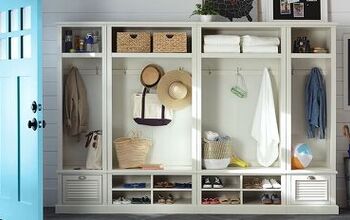

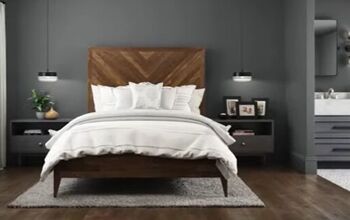
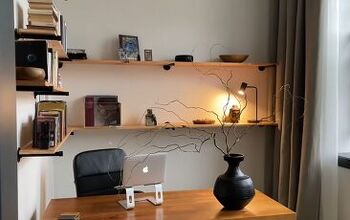

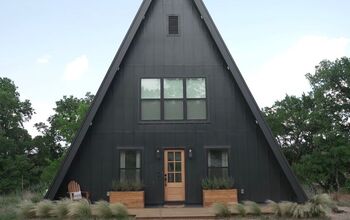

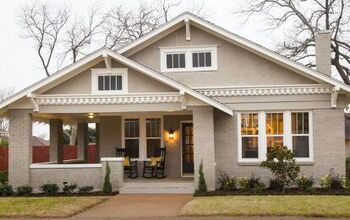
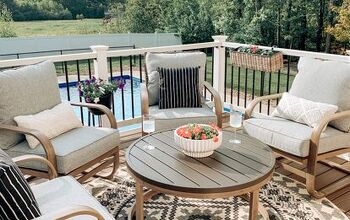

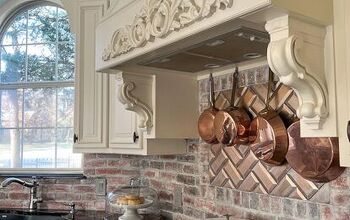
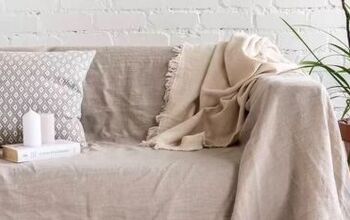
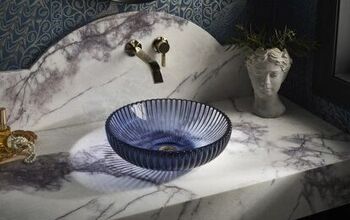
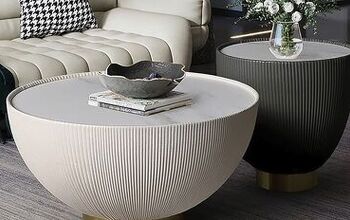


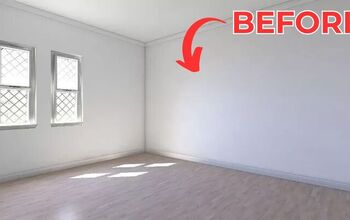
Comments
Join the conversation